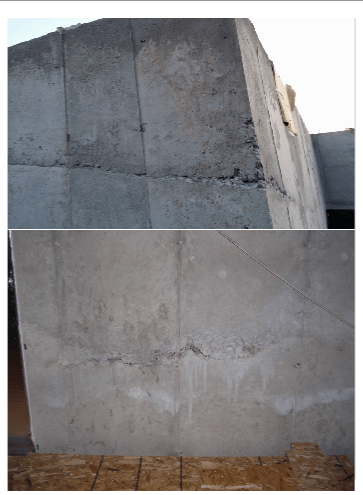CivilSigma
Structural
- Nov 16, 2016
- 100
I understand that cold joints can form at the interface between two batches of concrete that are allowed to cure at different times. I also understand that as structural engineers we do not like cold joints as they alter intended design behavior (from moment to pin behaviour).
In multi-story reinforced concrete construction, you do not obviously cast your columns in one shot. I often times see rebar from already cured (half?) portions of concrete columns. So my question is, when the contractor goes to build the story above, how do they mitigate cold joints at the interface of the top of the cast column and new concrete that will be poured?
Thank you.
In multi-story reinforced concrete construction, you do not obviously cast your columns in one shot. I often times see rebar from already cured (half?) portions of concrete columns. So my question is, when the contractor goes to build the story above, how do they mitigate cold joints at the interface of the top of the cast column and new concrete that will be poured?
Thank you.

